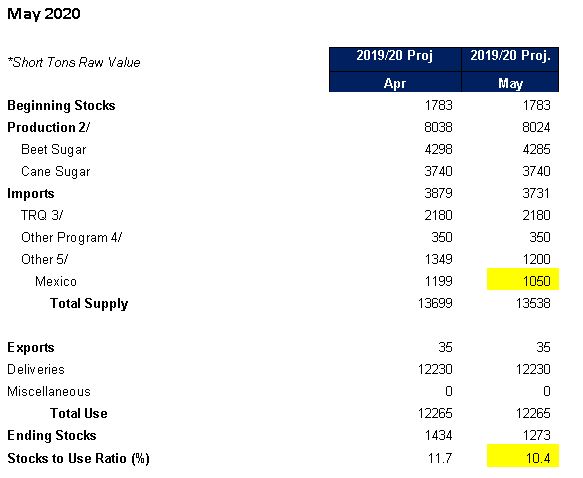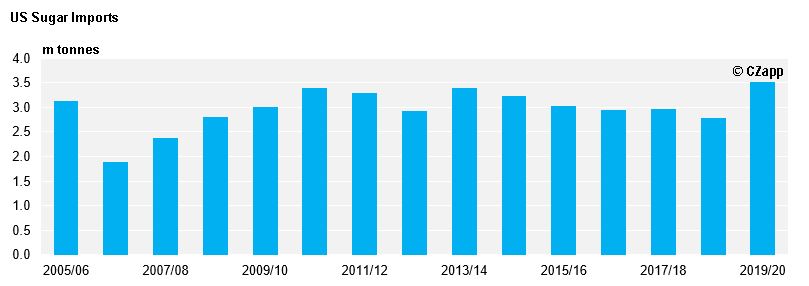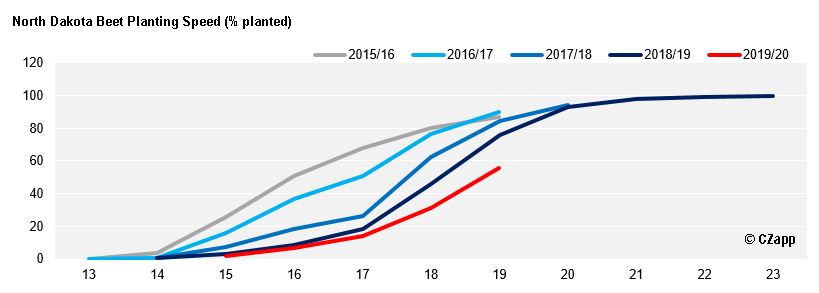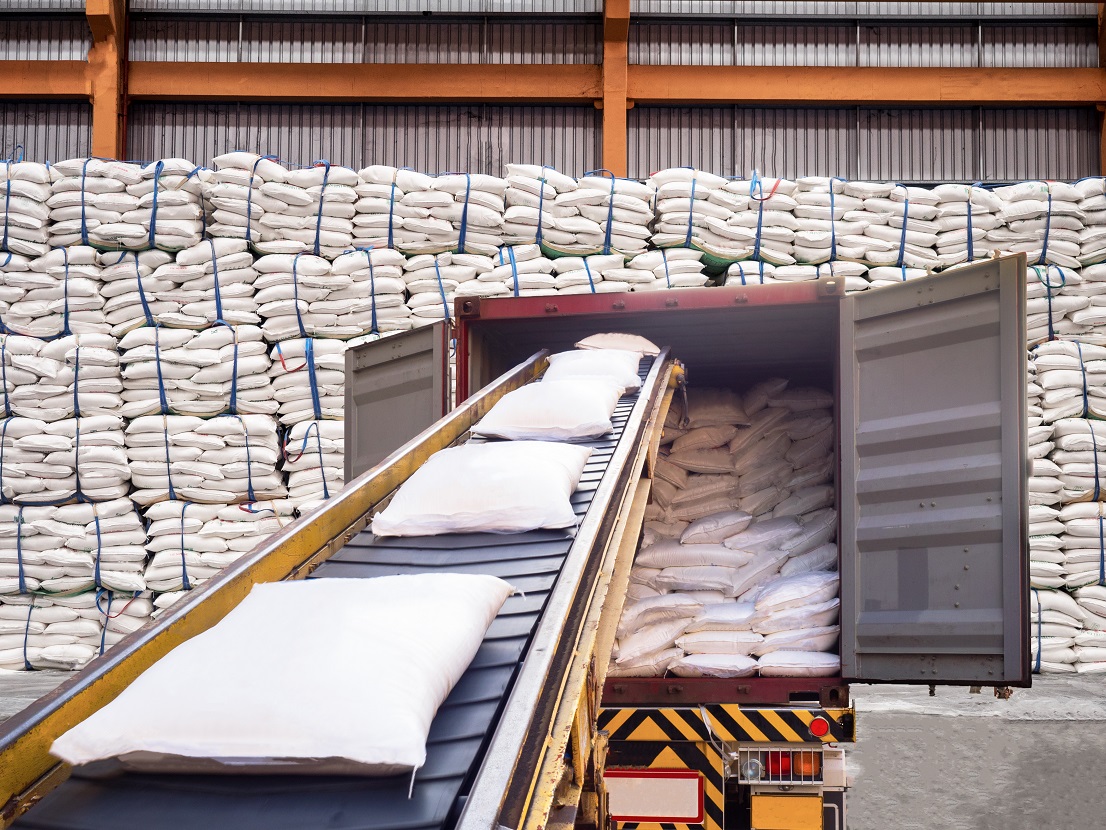546 words / 2.5 minute reading time
- The May WASDE projection expects a major shortfall in imports from Mexico and has not altered consumption estimates.
- This means the USA need to import a further 400k tons this season to reach the targeted 13.5% stocks to use.
- Early estimates for 2020/21 expect a rebound in domestic production but Mexican imports will depend on opening stock levels.
May WASDE Release – 2019/20

- The significant change in the WASDE report is a further reduction in expected exports from Mexico, down 150k short tons.
- The early decline in Mexican production has prompted the USDA to reduce their import expectations to 1m short tons.
- To date Mexico has exported 760k tons under their quota to the USA.

Weekly Mexican Sugar Production
- The USDA will need to once again increase imports further into the country to reach 13.5% closing stocks.
- A further refined sugar TRQ quota as well as further raw TRQ quota expansion seems likely.
- US Imports this season are already at record levels and the refined TRQ quotas have all been oversubscribed.

- If the US allows a further 400k tons to be imported duty free, imports into the country will make up 30% of total supply.
- This is unless the USDA is expecting to reduce consumption at a later stage.
- A 2% fall in consumption would reduce import needs by 250k tons.
2020/21 Projection
- The May Forecast is also the first look at expectations for 2020/21.

- The USDA expects a significant rebound in domestic production, particularly in the beet sector.
- Whilst Mexico is currently allocated 1.6m tons, this will fall by 400k tons if closing stock targets are met.
- Domestic production is going to be closely watched in the next 7 months.
- The beet forecast could have been at 150k tons higher, but the plantings this season have been delayed.

- In certain northern states the spring has been cold and wet, preventing the beet going in the ground earlier.
- A prolonged planting season means the beet needs to stay in the ground for longer, increasing weather risk.
- Plantings in North Dakota is particularly behind.

- A dry summer and a mild autumn would mean the beet crop may rebound more than currently expected.
- You can follow the planting rate here














